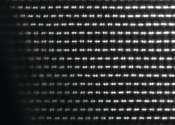Study unveils a new partially disordered phase in Li- and Mn-rich cathode materials
Lithium-ion (Li-ion) batteries are among the most widespread battery technologies worldwide, due to their light weight, high energy densities, easy fabrication process, rapid charging times and other advantageous properties. ...









